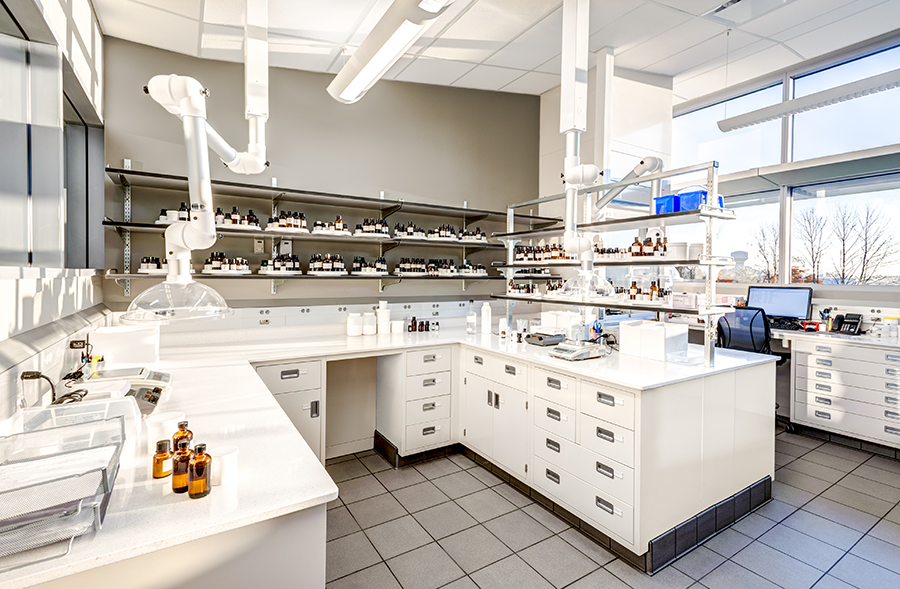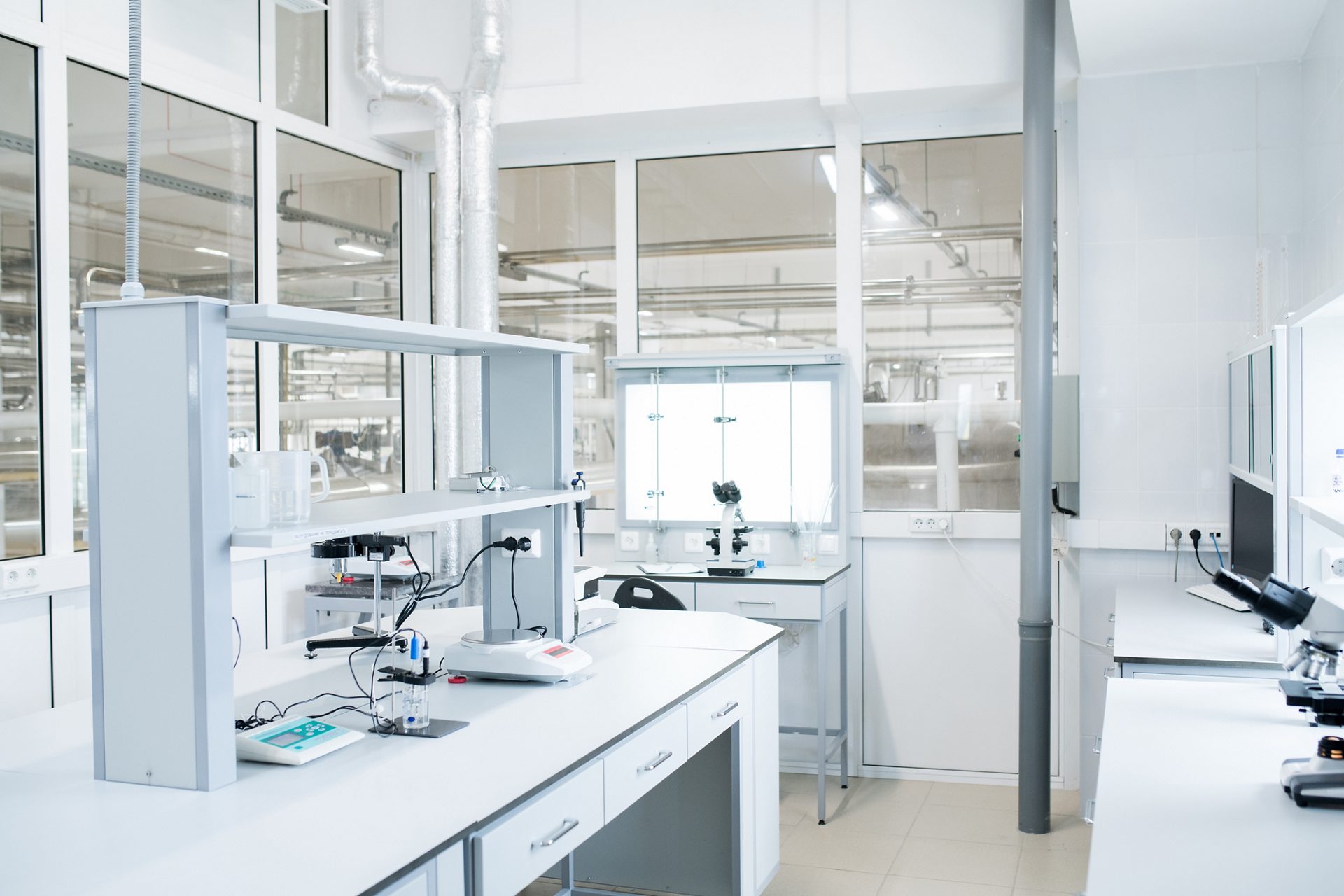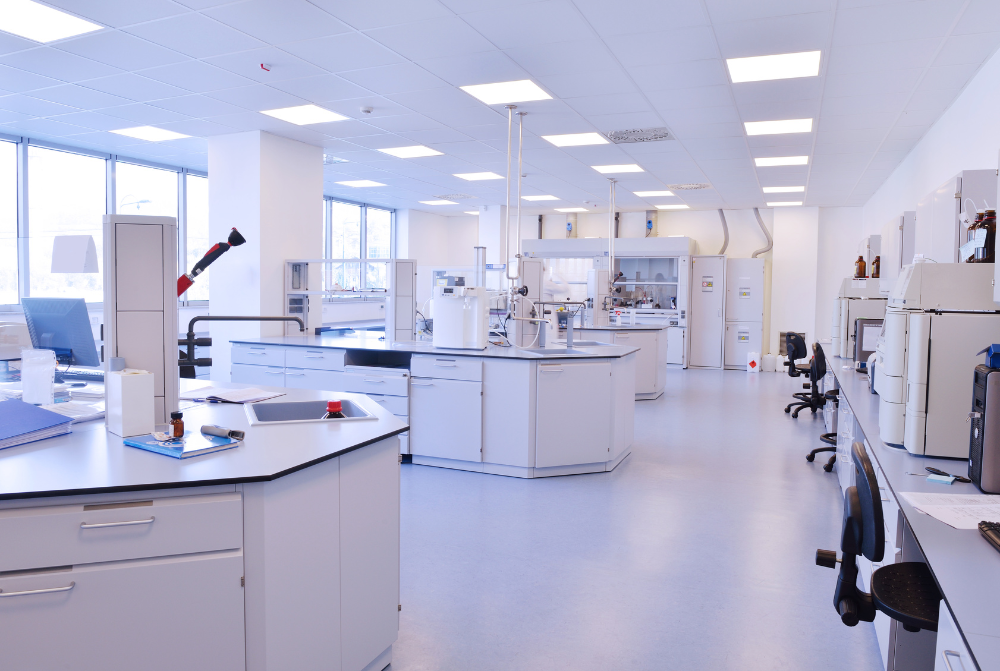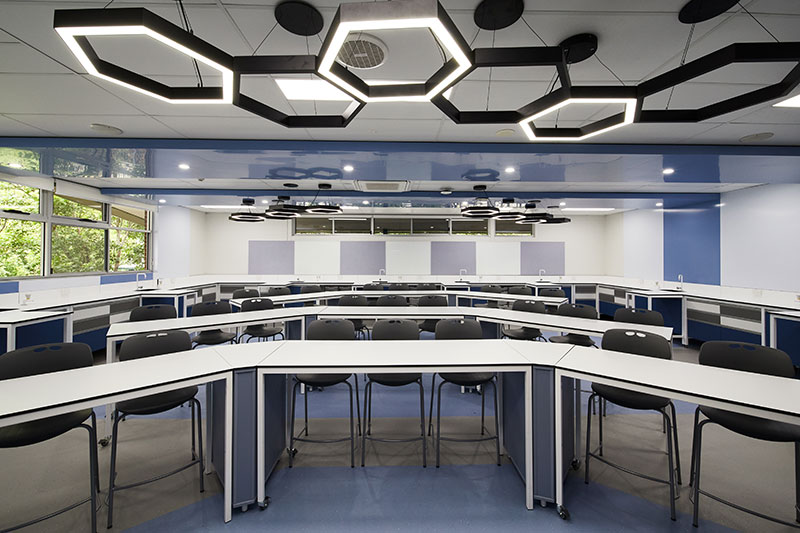Scientific laboratories provide answers to complex mysteries of the world. Researchers conduct experiments to find answers to their questions. However, in such a happening world, safety is paramount. One small mistake can cause massive damage to the lab and the user. All labs need appropriate furniture and fixtures to ensure safety.
Lab safety is the most vital aspect of any laboratory, as it protects the user from harmful splashes and harmful rays. The design and arrangement of fixtures and furniture ensure a secure environment for researchers and scientists. Lab owners and designers must consider various factors to ensure safety in lab settings.
How Do Lab Furniture And Fixtures Enhance Safety?
If we think as laypersons, laboratory furniture or fixtures have nothing to do with safety or comfort. However, in a sophisticated world, they mean everything. These small or large installations can improve lab operations while providing complete protection to the user. The biggest example is the emergency eyewash centre. At one point, it provides a water source, and on the other hand, it provides immediate washing in an emergency.
Lab furniture fixtures & equipment protect in so many ways, some of them are.
Material Selection
Laboratories are prone to sudden breakage or explosion due to minor mistakes. If the lab benches or other installations are made of sturdy material, they will not harm the scientists. The most durable and strong lab fixtures and furniture materials are epoxy raisin and stainless steel. They both are long-lasting and corrosive-free, with adequate handling of harsh chemicals.
Structural Stability
Lab benches, shelves, and cabinets must be strong enough to support the weight of equipment and chemicals. This minimises the risk of accidents due to collapsing furniture or falling objects. Moreover, the strong base will motivate researchers to conduct sensitive experiments without the fear of any breakage or explosion.
Containment and Ventilation
Certain fixtures like fume hoods are designed to contain and vent hazardous fumes, vapours, and dust particles away from the user. This protects researchers from inhaling harmful substances. Moreover, these fixtures also provide first aid during an emergency before getting professional help.
Storage and Organization
Proper storage of chemicals and equipment is vital for safety. Cabinets and ceiling shelves should be well organised to keep hazardous materials separate and prevent accidental spills or mixing of incompatible substances. Vertical shelves and cabinets are becoming popular in modern labs as they provide maximum protection and easy accessibility.
Easy Cleaning and Disinfection
Laboratory surfaces should be easy to clean and disinfect to prevent the spread of contamination. Non-porous materials with antimicrobial properties are ideal for lab furniture. However, such surfaces also give a clean surface for advanced research and discoveries.
Therefore, installing lab furniture, fixtures and equipment can improve safety and protection by using these small attributes. These minor points can help the researcher work freely without fear of any risk. Integrating these safety-enhancing features and designs creates a safer, more controlled, and efficient working environment for all lab personnel.
Extra Safety Features To Install In Lab Settings
In addition to the traditional safety features and equipment found in laboratories, several extra measures and installations can further enhance personnel safety and well-being. Implementing these can make a lab compliant with safety regulations and a model for best practices in laboratory safety management.
Here are some extra safety features to consider installing in lab settings.
Biosafety Cabinets (BSCs): These special workspaces keep the user safer than regular fume hoods when dealing with dangerous germs. They have filters that clean the air to protect scientists and the environment.
Eyewash Stations and Safety Showers: These stations and showers are important in emergencies, such as when chemicals get on the skin or in the eyes. Being able to use them quickly can help avoid serious injuries.
Gas Detectors: These devices check for leaks of dangerous gases that can catch fire, poison the user, or make breathing hard. Finding leaks early can help everyone get to safety faster.
Safety Alarms: These alarms warn people about fires, chemical spills, or when the power goes out. They help make sure researchers know there is an emergency so they can follow safety steps.
Ergonomic Seating: Researchers can experience back and neck pain from sitting for a long time in the lab. Chairs designed for comfort can help prevent these kinds of pain. Modular and height-adjustable furniture is now in almost every lab.
Eye Wash and Drench Kits: Small bottles for washing out the eyes and kits for dealing with chemical spills near the workplace can offer extra safety against accidents. These are specialised kits that are portable and easy to carry during travel.
Lab furniture and fixtures are not ordinary installations. These pieces offer maximum safety and comfort to researchers and scientists and enable them to conduct advanced research and discoveries. It is a testament to the idea that safety should always come first in science, as in all things.
Want to create a secure environment for researchers and scientists? Westlab Spaces is here to help. We provide safe and comfortable lab design solutions that offer maximum productivity. Our designs align with the latest trends and modern technologies so the user can experiment fully. To learn more about us, visit our website now!
FAQs
What are the components of furniture fixtures & equipment?
Furniture, fixtures, and equipment (FF&E) refer to movable items that equip and furnish a space, contributing to the lab’s functionality, aesthetics, and comfort.
What are some examples of lab furniture, fixtures and equipment?
Some prominent examples are lab benches, fume hoods, eyewash centres, lighting fixtures, and storage cabinets.
What is meant by lab fixtures?
Lab fixtures are permanent features that provide utilities and support in a laboratory, e.g., sinks, faucets, gas lines, and safety equipment.











